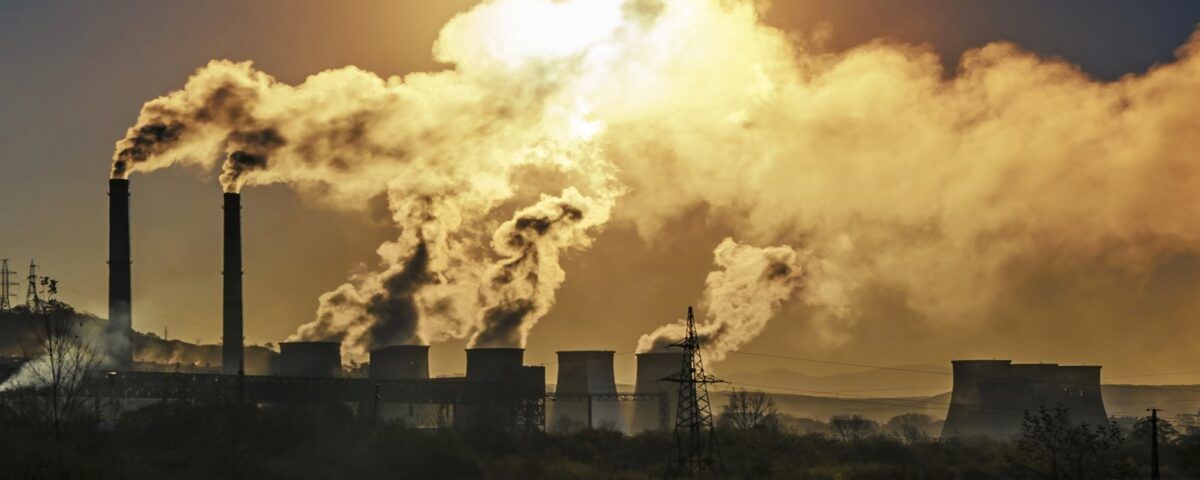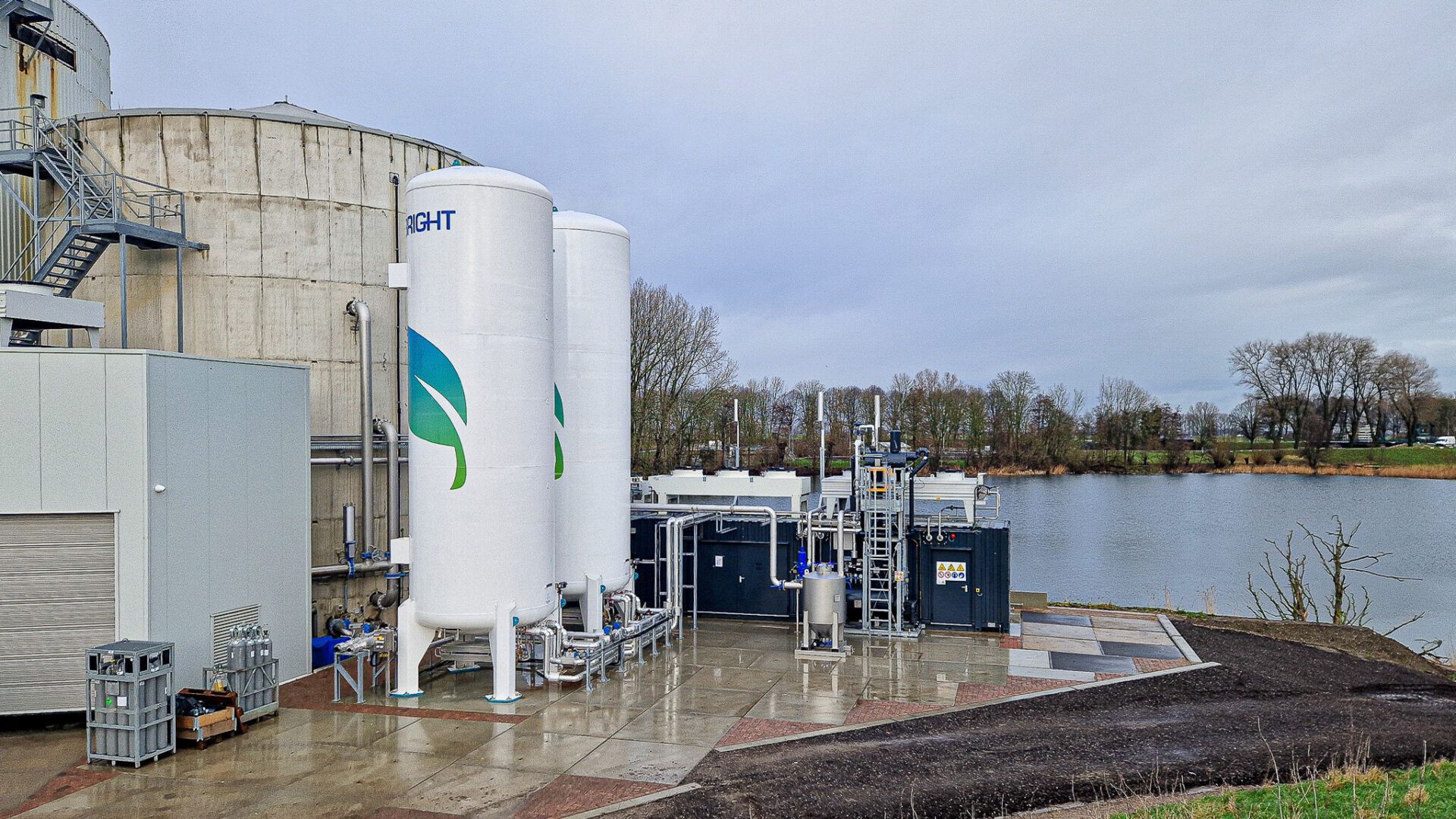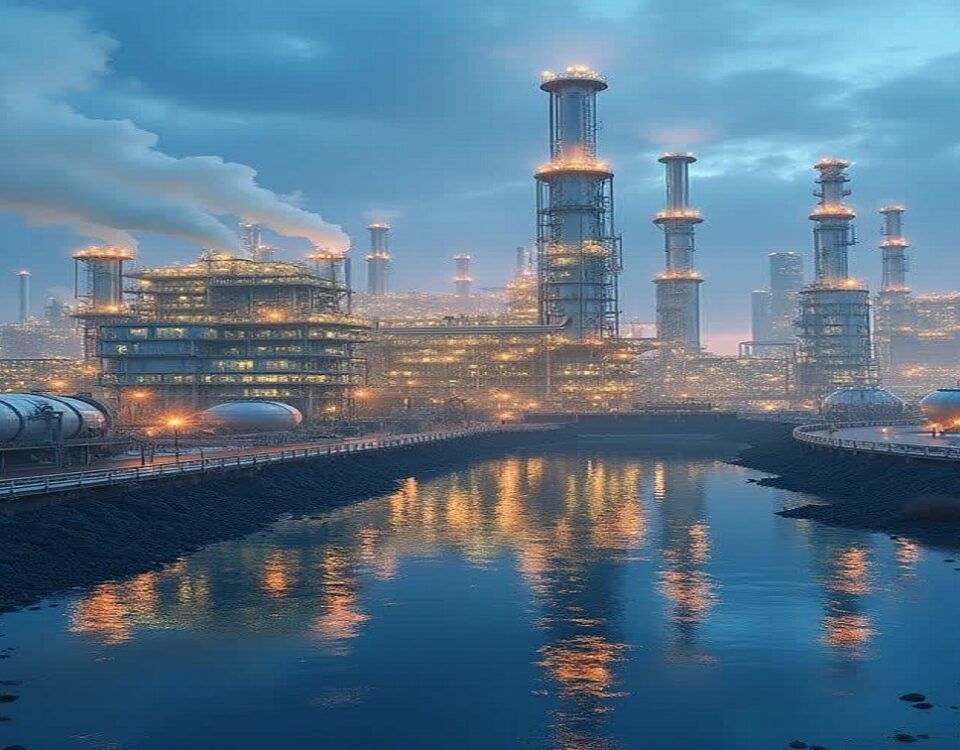
Providing PDP and FEED For New Pet. CO. Projects by APIPCO
آبان ۱۰, ۱۴۰۳
Design, Optimization and Engineering of Facilities and Utility Units
آذر ۵, ۱۴۰۳CO₂ Separation
Carbon dioxide (CO₂) is one of the primary greenhouse gases contributing to climate change and global warming. In recent years, significant attention has been given to reducing CO₂ emissions from various sources. However, in addition to controlling emissions, one of the effective methods for reducing CO₂ levels in the atmosphere is its separation from the air. Various methods for capturing and separating CO₂ from the air have been developed, which are mainly divided into two main categories: active methods that directly extract CO₂ from the atmosphere, and passive methods that utilize natural processes to reduce CO₂ concentrations.
This article examines modern methods of CO₂ separation from the air, the challenges and benefits of each, and the future prospects of these technologies.
1. CO₂ Separation Techniques from the Air
1.1 Physical Adsorption Using Adsorbent Materials
One of the modern methods for extracting Carbon Dioxide (CO₂) from the air is the use of adsorbent materials. These materials are typically designed in solid or liquid forms with a very high surface area, capable of selectively adsorbing CO₂.
- Zeolites and Porous Materials: Porous materials such as zeolites, metal-organic frameworks (MOFs), and activated carbons are attractive options for CO₂ adsorption due to their three-dimensional structures, which provide ample space for gas adsorption. These materials can absorb CO₂ at specific pressure and temperature conditions and then release the gas through processes like temperature increase or pressure reduction.
- Nanomaterials: Recently, the use of nanomaterials for CO₂ adsorption has been expanding. Nanoparticles and nanostructures, due to their unique properties such as high surface area and the ability to form strong bonds with CO₂, can effectively extract this gas from the air.
1.2 Chemical Absorption Using Solvents
In this method, CO₂ is separated from the air by using chemical solvents that react with the gas. This method is widely used in industrial-scale applications such as flue gas treatment in power plants and chemical industries.
- Amines and Modified Amines: One of the most common solvents for CO₂ absorption is amine solutions, such as monoethanolamide (MEA), which reacts chemically with CO₂. However, this method is energy-intensive because it requires high temperatures for CO₂ recovery.
- Ionic Liquids: Ionic liquids are a type of solvent that, due to their special characteristics, can absorb CO₂ at lower temperatures and under standard pressures. These solvents may show higher efficiency in CO₂ separation processes from the air.
1.3 Membranes and Selective Filters
Membranes are emerging as a novel method for CO₂ separation from the air. These membranes are typically made from polymeric or ceramic materials that can selectively allow gases to pass through. In these systems, CO₂ passes through the membrane while being separated from other molecules in the air.
- Polymeric Membranes: Polymeric membranes are commonly used for CO₂ separation in industrial-scale gas treatment processes. They can effectively separate CO₂ from various gases while requiring less energy for the separation process.
- Ceramic Membranes: Ceramic membranes, due to their ability to withstand high temperatures and pressures, are used for CO₂ separation in specific conditions, such as in power plants and industrial processes.
1.4 Photocatalytic and Biological Adsorption
Another innovative method for CO₂ capture involves photocatalytic and biological processes.
- Semiconductor Photocatalysts: In this method, semiconductor materials are used to absorb sunlight and convert it into energy to facilitate CO₂ absorption. This method can simultaneously help reduce CO₂ levels while generating clean energy.
- Biological Processes: Algae and plants naturally absorb CO₂ from the air. Genetic engineering of microbes and plants to enhance CO₂ capture capacity and produce biofuels from these processes is an emerging method currently under research and development.
2. Challenges of CO₂ Separation from the Air
Despite significant advancements in this field, CO₂ separation from the air faces several challenges:
- High Costs: Many CO₂ separation methods still incur high costs, particularly at large scales. The use of adsorbent materials or solvents, especially in industrial processes, can be very expensive.
- Reduced Efficiency at Low Concentrations: CO₂ concentrations in the atmosphere are very low compared to other gases such as nitrogen or oxygen. This makes it difficult for many separation methods to be effective at low CO₂ concentrations.
- High Energy Consumption: Many methods, such as chemical absorption and semi-permeable membranes, require significant amounts of energy for CO₂ separation. This additional energy consumption can have negative environmental and economic impacts.
- Issues with CO₂ Recovery: Typically, recovering CO₂ after it has been absorbed is challenging due to issues with energy efficiency or operational conditions. Suitable recovery processes need to be developed to reduce additional costs.
3. Future Outlook
Currently, research into Carbon Dioxide (CO₂) separation from the air is expanding, and it is hoped that with further advancements in new material technologies, biological processes, and renewable energy technologies, these challenges will be reduced. Methods such as photocatalytic processes and the use of algae and plants may emerge as more sustainable and cost-effective solutions in the future.
Moreover, integrating these technologies with other carbon removal techniques, such as carbon capture in industrial processes, establishing the necessary infrastructure for CO₂ collection, and converting it into biofuels or other materials, can play a crucial role in combating climate change.
Conclusion
CO₂ separation from the air is one of the major challenges in the fight against climate change and reducing the negative effects of greenhouse gases. While various methods have been developed, high costs, reduced efficiency at low concentrations, and high energy consumption remain significant challenges. However, continuous advancements in new material technologies, biological systems, and renewable energy can open new avenues for CO₂ separation and help mitigate the impacts of climate change.



